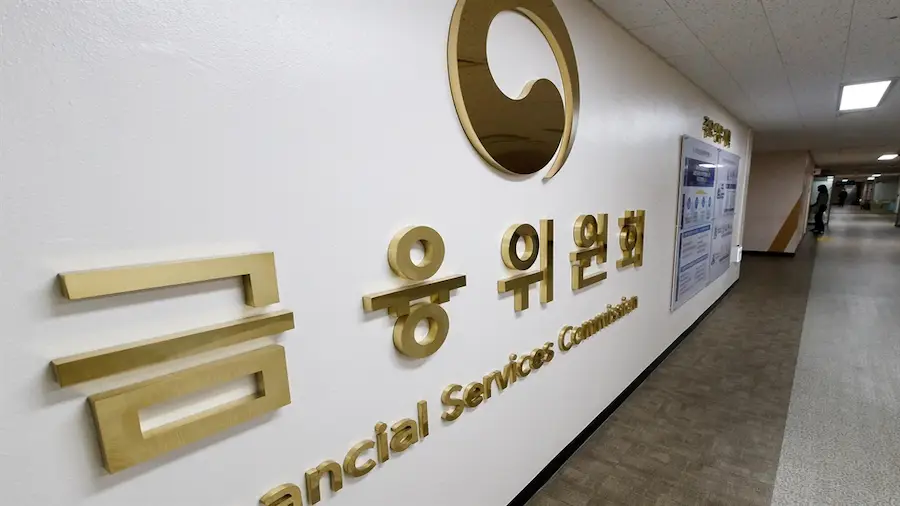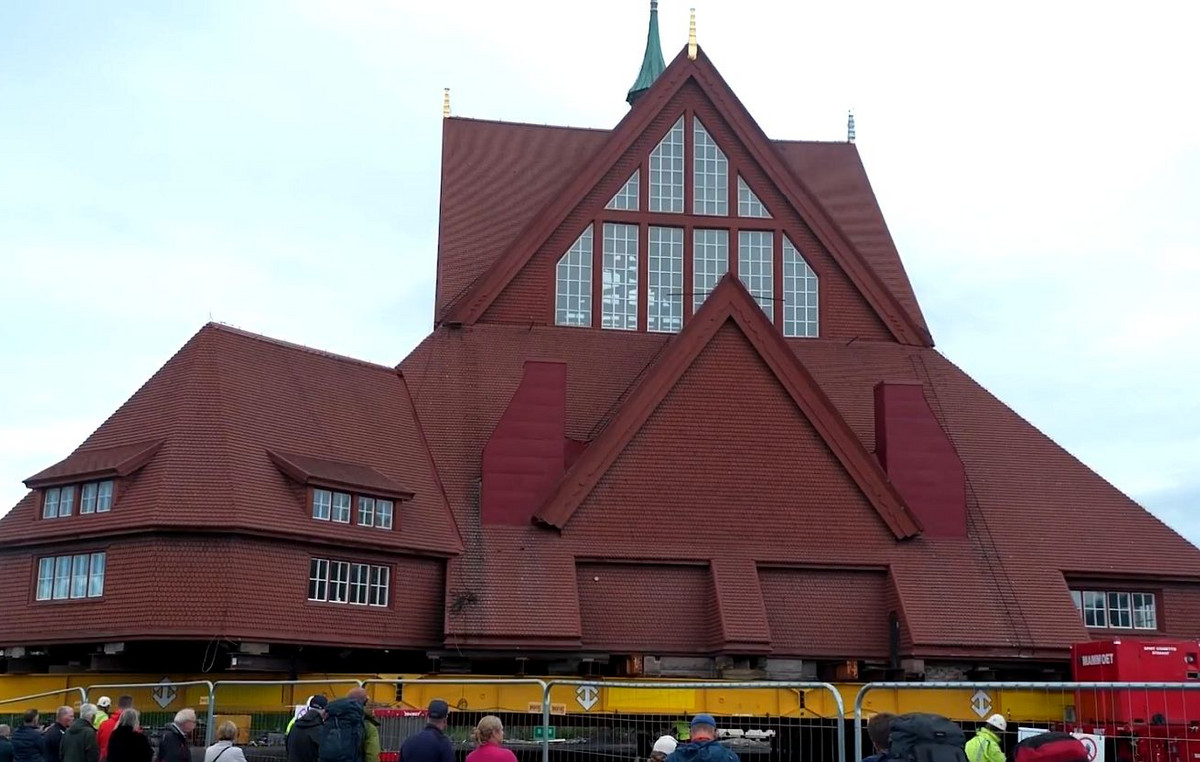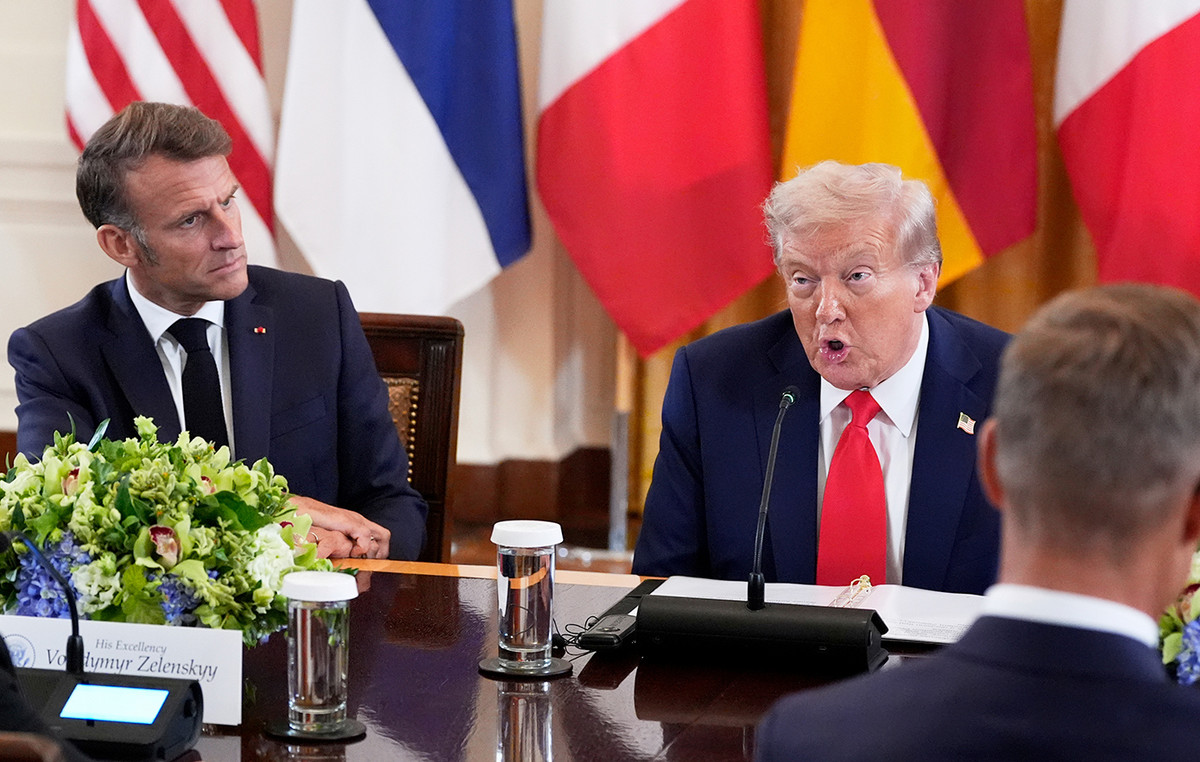The Monetary Policy Committee (Copon) of the Central Bank decides this Wednesday (8) whether it will change, and by how much, the country’s basic interest rate, the Selic rate. A market expectation is for it to rise 1.5 percentage points, reaching 9.25% per year.
With this, the rate will end 2021 in the same level as July 2017, and soon after began a sequence of falls that intensified in 2019. Behind this return to high levels is the attempt to central bank to contain inflation.
The latest data from the Extended Consumer Price Index (IPCA), the inflation country official, was released in October. Considering the same month in other years, the high was the largest since 2002, with 1.25%. Already in 12 months, the index reached 10.67%, the highest value since January 2016.
For analysts, the high that should occur this Wednesday is a reflection of a continuation of the upward trend in inflation, which has been persistent. With this, the movement already affects expectations for inflation and interest for both 2022 and 2023.
Expectations
The possibility of an increase of 1.5 percentage points had already been raised by Copom itself, in the minutes of the last meeting of monetary policy in October. That month, the Selic had already been raised by 1.5 percentage points, to 7.75% per year, the biggest increase since 2003.
According to the minutes, the two rises in succession would be the result of a “deterioration in the balance of risks and an increase in its projections”.
The forecast of a new adjustment, however, is no guarantee that it will take place at this meeting, but analysts point out that this is likely, as Copom’s projections were surpassed.
“Since the last Copom meeting, inflation expectations reported by the Focus survey rose from 8.96% to 10.15% in 2021 and from 4.40% to 5% in 2022. For 2023, expectations have increased by 0.15 pp, reaching 3.42%”, states a report by Banco Itaú.
The worsening of inflation projections reported in Focus also reflected in a higher Selic expectation than previously forecast. O last report, released on Monday (6) points out that the median of the projections is a Selic at 9.25% per year at the end of 2021, and 11.25% per year at the end of 2022.
Itaú’s vision is no exception. Consulted by CNN Brasil Business, Genial Investimentos, XP Investimentos and Banco UBS BB said they estimate the Selic rate at 9.25% after the meeting. The Brazilian Association of Banks (ABBC) also expects a rise of this magnitude.
“We are working with the Selic high cycle ending at 12% and remaining at this level until the end of 2022 as a way to bring inflation towards the center of the target”, says Yihao Lin, economist at Genial. According to him, the expectation is that inflation in 2022 will remain above the target ceiling, at 5.3%.
In addition to the 1.5 percentage point hike base scenario, which has between 85% and 87% probability, XP also works with an alternative scenario, 1.75 percentage point hike. It has a 7% to 8% chance of occurring, and would highlight the “efforts to control inflation”.
“Should the base scenario materialize, we believe that there should not be a significant reaction from the market, since this perspective is already well priced in the interest curve”, he stated in a report. The alternative scenario, seen as harder, could result in a loss of slope in the curve of future interest, which reflects investors’ forecasts.
The company’s expectation is that the Selic will end the high cycle at 11.5%, which would happen in early 2022. Itaú, on the other hand, estimates the Selic at 11.75% at the end of the first quarter of next year.
“In its communication, we hope that the committee will signal another increase of the same magnitude for the next meeting, in February, and that it will continue to reinforce the alert about the need to reduce uncertainty about the fiscal perspectives”, says the bank in a report.
UBS BB forecasts the Selic at 11.5% at the end of March 2022, with a new increase of 1.5 percentage points in February and another of 0.75 in March. For him, the “main focus of the Central Bank for monetary policy will move from 2022 to 2023”.
Causes
The XP team claims that there was an “ambiguous flow of data released recently”, which should prevent the Copom from changing its strategy of raising the Selic to 9.25%. The report cites inflation indicators, which have risen since the last committee meeting.
“On the other hand, activity lost steam earlier than expected, and there is a consensus that the economy will go into recession in 2022. Weaker domestic demand indicates that in 2022 it will be much more difficult to pass on the cost increase to consumer prices”, says the report.
A retreat in the prices of commodities, especially oil, and a better-than-expected rainfall regime are cited as positive factors against inflation. High electricity bills and fuels are among the main elements behind inflationary pressures in Brazil.
The Itaú team, on the other hand, states that “inflationary pressure remains intense and widespread, contaminating inflation expectations and the Central Bank’s own projections. We believe that maintaining the 1.5 pp adjustment pace and raising the Selic rate to a significantly contractionary level will help in the disinflation process”.
The bank report highlights the retreated from the Gross Domestic Product (GDP) in the third trimester, and the fall in industrial production, which was below expectations. For the bank’s economists, the November IPCA-15, considered a preview of inflation, and the October IPCA were positive surprises.
UBS BB’s analysis is that inflation in Brazil “has proved more persistent than initially forecast, and expectations for 2022 and 2023 have deteriorated amid uncertainties about the 2022 election period and fiscal accounts.”
One concern in the market is the possibility that the government will increase spending during the election period, threatening fiscal balance. Fear leads to the rise of dollar, with withdrawal of investments, and makes a series of products and production chains more expensive.
For Everton Pinheiro de Souza Gonçalves, ABBC’s superintendent, “the rate of expansion of the current IPCA reached 10.67% per year, showing a greater degree of dissemination and persistence than anticipated by most analysts.”
According to him, the Central Bank will have a challenge in 2022 to try to bring inflation back to the target, due to the lags in monetary policy. With activity already decelerated, the autarchy will need a balance to contain inflation based on interest rates without excessively worsening activity.
Yihao Lin, economist at Genial, states that “the Copom should adopt a tougher discourse in relation to the inflationary process, pointing out that this is more persistent than previously imagined. In our assessment, the IPCA-15 data for the month of November point to this direction with the cores showing strong advances, all above the inflation target ceiling”.
The economist also cites a “weakening” of the spending ceiling, which generated uncertainties regarding the fiscal framework. “One of the pillars of our scenario was precisely the maintenance of the ceiling, which was a very effective rule of fiscal discipline and very important for Brazil”. The consequence was a worsening in inflation expectations. According to Lin, “the current scenario is one of more interest and less growth”.
Reference: CNN Brasil
I am Sophia william, author of World Stock Market. I have a degree in journalism from the University of Missouri and I have worked as a reporter for several news websites. I have a passion for writing and informing people about the latest news and events happening in the world. I strive to be accurate and unbiased in my reporting, and I hope to provide readers with valuable information that they can use to make informed decisions.







